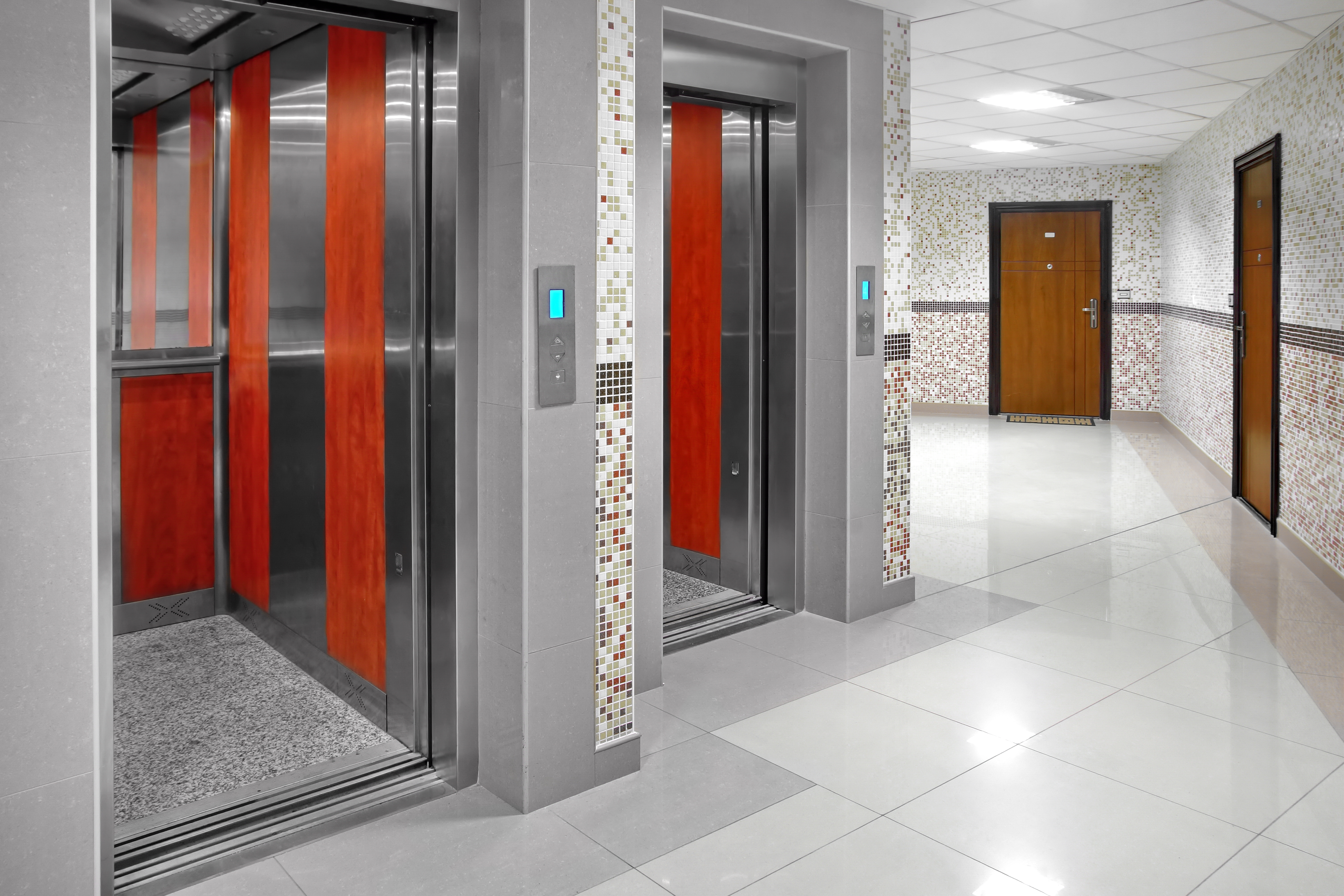Factors that Affect the Cost of a Lift
Contents |
Introduction
The price of lifts can vary significantly, whether they are residential or commercial. From lift dimensions to the building work required to fit the lift, there are a wide range of elements that can impact on the total cost.
Factors that influence price
Size of cabin
The size of the cabin can influence its final price. Typically, smaller cabs can be more cost-effective, as they will occupy less space and require less building work, although that is not always the case.
Type of lift
Choosing one type of elevator above another can incur additional costs. A hydraulic lift is likely to have a different price than a platform lift, for instance. It is crucial that anyone seeking to install a lift, be it in a home or in a commercial property, is aware of any necessary requirements to make the right decision when it comes to type.
Lift doors
The doors chosen for a specific lift will also have an impact on its price. Automatic-powered doors, for example, will have a higher cost than non-automatic.
Level of automation
The automation required for the lift itself is another influencing factor. From the doors to operating controls, a higher degree of automation will typically mean a higher price.
Number of stops
While an lift can go up and down several storeys, each one will require building work and adjustments to ensure the lift is working properly. So, each additional storey will impact on the final price.
Travel distance
The overall distance that a lift will travel will impact on the height of the shaft. The longer the distance, the larger the shaft will be, which means the higher the cost.
Building dimensions
When it comes to installing lifts, the features of the property itself, be it a residence or a commercial building, are also important. A tall building will require more stops which, in turn, will be more expensive.
finishes
The cabin finishes can be customised to fit personal or building specifications. Different finishes will have different costs, so each choice will influence the final price. Be it walls made of glass or wood, for example, or decorative motifs, the personalisation options are limitless.
Labour
A crucial factor when installing lifts is the cost of the construction work. Labour will add more expenses, so it’s important to take it into consideration before purchasing a lift – depending on what is needed (work hours, for example), individuals and business owners may pay more or less for such services.
Construction work
Adding to the labour needed to install a lift, it’s also important to consider the work that will have to be done for this to happen. Some of the buildings factors that should be considered, since they will add extra costs, include; the size of the pit that will have to be dug, any electrical requirements, the possible creation of a structural wall, and the potential addition of a lifting beam.
Conclusion
There are many factors that influence the cost of a lift, and most depend on the elevator’s features and what is needed to install it. The cost of home lifts will also likely differ from the total price of commercial elevators, as they have different characteristics. For example, commercial elevators, such as ones installed in retail businesses or skyscrapers, often require more than a couple of stops, while home lifts tend to only have one or two.
Find out more
Related articles on Designing Buildings Wiki
- Different Types of Commercial Lifts and Their Uses
- Different Types of Service Lifts and Their Uses
- A Brief History of Lifts Over the Years
- Considerations When Installing a Residential Lift
- The World’s Fastest Lifts
--Nathan Massey 09:00, 22 Feb 2018 (BST)
Featured articles and news
One of the most impressive Victorian architects. Book review.
RTPI leader to become new CIOB Chief Executive Officer
Dr Victoria Hills MRTPI, FICE to take over after Caroline Gumble’s departure.
Social and affordable housing, a long term plan for delivery
The “Delivering a Decade of Renewal for Social and Affordable Housing” strategy sets out future path.
A change to adoptive architecture
Effects of global weather warming on architectural detailing, material choice and human interaction.
The proposed publicly owned and backed subsidiary of Homes England, to facilitate new homes.
How big is the problem and what can we do to mitigate the effects?
Overheating guidance and tools for building designers
A number of cool guides to help with the heat.
The UK's Modern Industrial Strategy: A 10 year plan
Previous consultation criticism, current key elements and general support with some persisting reservations.
Building Safety Regulator reforms
New roles, new staff and a new fast track service pave the way for a single construction regulator.
Architectural Technologist CPDs and Communications
CIAT CPD… and how you can do it!
Cooling centres and cool spaces
Managing extreme heat in cities by directing the public to places for heat stress relief and water sources.
Winter gardens: A brief history and warm variations
Extending the season with glass in different forms and terms.
Restoring Great Yarmouth's Winter Gardens
Transforming one of the least sustainable constructions imaginable.
Construction Skills Mission Board launch sector drive
Newly formed government and industry collaboration set strategy for recruiting an additional 100,000 construction workers a year.
New Architects Code comes into effect in September 2025
ARB Architects Code of Conduct and Practice available with ongoing consultation regarding guidance.
Welsh Skills Body (Medr) launches ambitious plan
The new skills body brings together funding and regulation of tertiary education and research for the devolved nation.
Paul Gandy FCIOB announced as next CIOB President
Former Tilbury Douglas CEO takes helm.
























